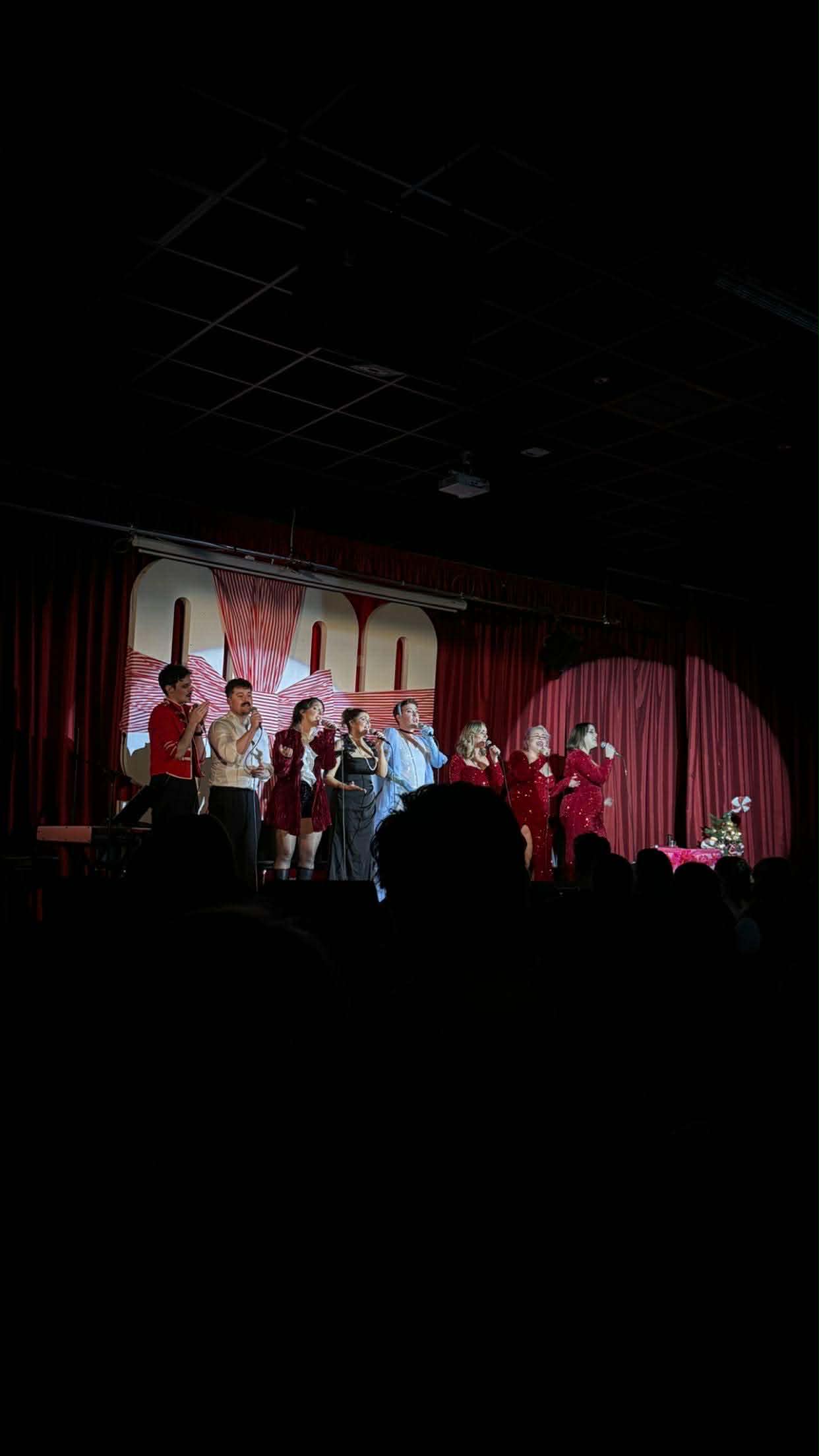ÔÿàÔÿàÔÿàÔÿà
By Abbie Rands
John Badham, director of the Saturday Night Fever film, once said he never would have believed that people would still be talking about it years later. Honestly, I can’t quite believe it either, but I sure am glad we are. As something so obviously a product of its time, complete with casual sexism and American idealism centred on money, women and success, it still feels as fresh as ever.
The show opened with a high-energy dance number which the audience simply ate up – as they did with every other tightly synchronised disco number throughout the evening. The dance numbers are the heart and soul of the performance and every one of them is astonishing. There isn’t a single cast member who needs to be carried by the others at any time, except literally, of course, during the blinding lifts onstage. The Latin-esque dances are particularly jaw-dropping and highly enjoyable.
Throughout the performance it became clear that, while no one took themselves too seriously, they did an excellent job of playing blas├® characters. In fact, the most surprising aspect of the show was not merely the number of exaggeratedly flared trousers, or flying leaps taken by the women, but why so many of these women were drawn to such deeply flawed characters. Tony Manero (Richard Winsor) performance maintains the perfect balance between camp and macho.
The ÔÇÿBeegees’ were phenomenal, delivering every song with a heaping of seventies jive ÔÇô complete with shiny silver outfits. A special mention must also be given to the unnamed sign language interpreter who, in my view, functioned as an integral cast member in her own right. Never leaving the stage, she delivered a high energy, non-verbal performance of the entire show. Bobby C (Raphael Pace), also delivered a fantastic supporting performance, adding a much-needed depth to the disco infused score in the darker second act.┬á Both Kate Parr and Anna Campkin did an excellent job of pushing through their guise of being the weak-willed women in a man’s world and delivered show-stopping and sympathetic performances.
With regard to staging, the varied levels were used to great effect, and the use of the disco ball in the audience brought you directly inside Club 2001.
Other notable moments include a tightly choreographed and unexpected fight scene, the occasional moments of tenderness between Tony and his brother Frank, and of course, the surprisingly moving solo lyrical dance by Richard Winsor as Tony. His years of training and skill are clear to be seen and a joy to watch.
Saturday Night Fever is a flamboyant, toe-tapping extravaganza that isn’t quite as deep as it would like to be, but it hardly matters when it’s this much fun.


